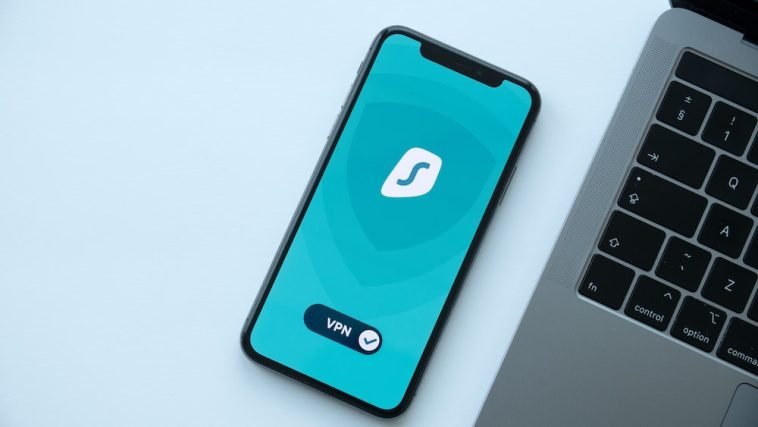Introduction.
Setting up a Virtual Private Network (VPN) server can provide you with a secure and private connection, whether you want to access your home network remotely or create a secure tunnel for your online activities.
By setting up your own VPN server, you have full control over your data, encryption protocols, and server location.
This can be particularly useful for individuals or businesses looking to enhance their privacy, protect sensitive information, or bypass geo-restrictions.
In this article, we will guide you through the process of setting up your own VPN server. While the specific steps may vary depending on your operating system and chosen VPN software, the general principles remain the same.
How Do I Set Up a VPN Server?
Setting up your own Virtual Private Network (VPN) server can provide you with a secure and private internet connection, allowing you to access your home network remotely or protect your online activities from prying eyes.
Whether you’re an individual looking to enhance your privacy or a business in need of secure remote access, setting up a VPN server gives you control over your data and encryption protocols.
In this article, we will guide you through the process of setting up your own VPN server, empowering you to create a personalized and secure network.
Please note that setting up a VPN server involves technical knowledge and may require advanced configuration.
It is recommended to have a basic understanding of networking concepts and to carefully follow the instructions provided to ensure a successful setup.
Here are the steps to set up your own VPN server:
Step 1: Choose the Right Server Operating System.
To begin, you need to select a server operating system that supports VPN functionality. Popular choices include Windows Server, Linux distributions like Ubuntu or CentOS, or dedicated VPN server solutions such as OpenVPN Access Server.
Consider your familiarity with different operating systems, the features you require, and the compatibility with your existing network infrastructure when making your decision.
Step 2: Prepare Your Server.
Once you have selected the server operating system, ensure that your server meets the minimum system requirements for running a VPN server. This includes having adequate processing power, memory, and storage capacity.
Install the server operating system and apply any necessary updates to ensure a secure and stable environment.
Step 3: Install and Configure VPN Software.
Next, you will need to install VPN software on your server. The specific software you choose will depend on your server operating system.
For example, OpenVPN is a popular option for various operating systems, while Windows Server has built-in VPN functionality.
Follow the installation instructions provided by the VPN software documentation, ensuring that you configure the software to meet your specific requirements, such as encryption protocols and network settings.
Step 4: Set Up Network Infrastructure.
To enable VPN connectivity, you need to configure your network infrastructure to allow VPN traffic. This typically involves setting up port forwarding on your router or firewall to redirect VPN traffic to your server’s IP address.
Consult your router or firewall documentation for instructions on how to configure port forwarding. Additionally, ensure that your server has a static IP address or a dynamic DNS service configured to ensure consistent connectivity.
Step 5: Generate Certificates and Keys.
Many VPN solutions require the generation of certificates and keys for authentication and encryption purposes.
Follow the instructions provided by your VPN software documentation to generate the necessary certificates and keys. These files will be used by both the server and client devices to establish secure connections.
Step 6: Configure Client Devices.
Once your VPN server is set up and running, you need to configure client devices to connect to the server.
This typically involves installing VPN client software on each device and importing the generated certificates and keys.
The specific steps may vary depending on the operating system and VPN software you choose.
Consult the documentation provided by your VPN software for instructions on configuring client devices.
Step 7: Test and Troubleshoot.
After completing the configuration, it is crucial to test your VPN server to ensure proper functionality.
Connect client devices to the server and verify that they can establish a secure connection. Test various scenarios, such as remote access and data transfer, to confirm that your VPN server is working as intended.
If any issues arise, consult the documentation and troubleshooting guides provided by your VPN software or seek assistance from relevant forums or support channels.
Conclusion.
Setting up your own VPN server gives you the flexibility to establish a secure and private network tailored to your specific needs.
By following the steps outlined in this article, you can create a VPN server that enables remote access, protects your online activities, and enhances your privacy.
Remember to prioritize security by keeping your server and VPN software up to date with the latest patches and following best practices for authentication and encryption.
With your own VPN server, you can enjoy a safer and more private internet experience.






GIPHY App Key not set. Please check settings